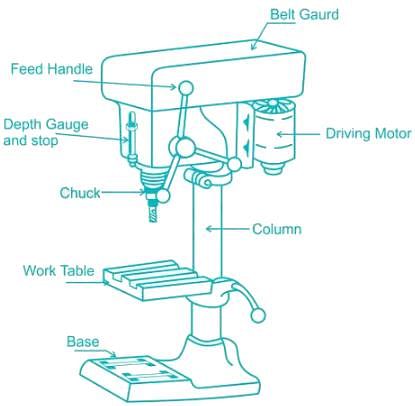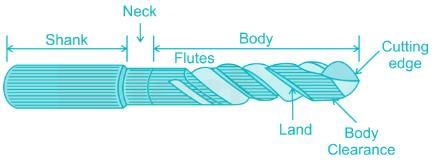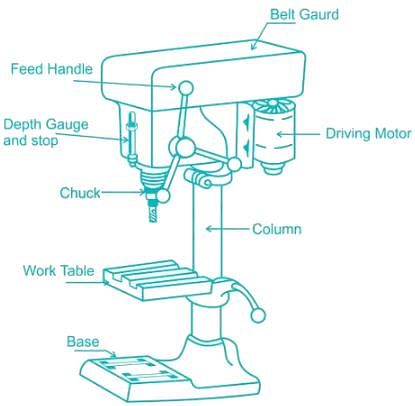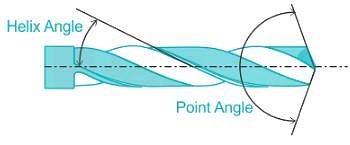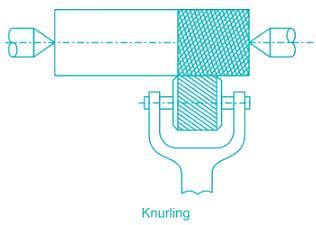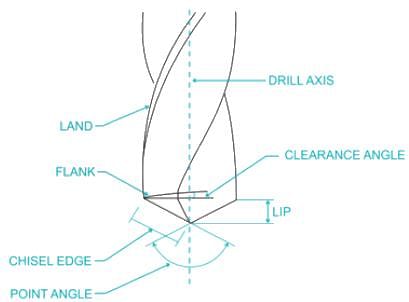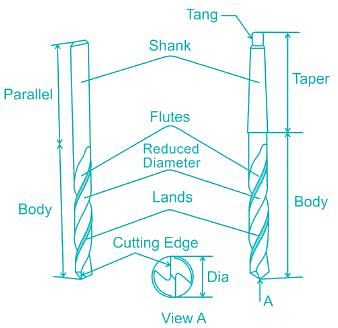Civil Engineering (CE) Exam > Civil Engineering (CE) Tests > Test: Drilling - Civil Engineering (CE) MCQ
Test: Drilling - Civil Engineering (CE) MCQ
Test Description
10 Questions MCQ Test - Test: Drilling
Test: Drilling for Civil Engineering (CE) 2024 is part of Civil Engineering (CE) preparation. The Test: Drilling questions and answers have been prepared
according to the Civil Engineering (CE) exam syllabus.The Test: Drilling MCQs are made for Civil Engineering (CE) 2024 Exam.
Find important definitions, questions, notes, meanings, examples, exercises, MCQs and online tests for Test: Drilling below.
Solutions of Test: Drilling questions in English are available as part of our course for Civil Engineering (CE) & Test: Drilling solutions in
Hindi for Civil Engineering (CE) course.
Download more important topics, notes, lectures and mock test series for Civil Engineering (CE) Exam by signing up for free. Attempt Test: Drilling | 10 questions in 30 minutes | Mock test for Civil Engineering (CE) preparation | Free important questions MCQ to study for Civil Engineering (CE) Exam | Download free PDF with solutions
Test: Drilling - Question 1
Which drilling machine is capable of drilling upto 12.5 mm diameter?
Detailed Solution for Test: Drilling - Question 1
Test: Drilling - Question 2
The machining time for drilling process is calculated by:
(Where L = Length of axial travel in mm; N = rpm of the drill; f = feed per rev in mm)
(Where L = Length of axial travel in mm; N = rpm of the drill; f = feed per rev in mm)
Detailed Solution for Test: Drilling - Question 2
| 1 Crore+ students have signed up on EduRev. Have you? Download the App |
Detailed Solution for Test: Drilling - Question 3
Test: Drilling - Question 4
What is the maximum size of drill can be hold in sensitive drilling machine?
Detailed Solution for Test: Drilling - Question 4
Detailed Solution for Test: Drilling - Question 5
Detailed Solution for Test: Drilling - Question 6
Test: Drilling - Question 7
Match the Machine Tools (Group A) with the probable Operations (Group B):
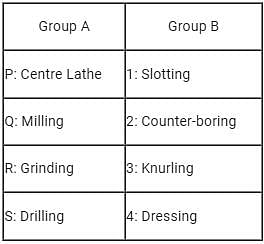
Detailed Solution for Test: Drilling - Question 7
Test: Drilling - Question 8
The time taken to drill a hole of diameter 25 mm in a 30 mm thick steel plate with a feed of 1 mm/rev and the drill spindle speed being 60 rpm is _________ seconds.
Detailed Solution for Test: Drilling - Question 8
Detailed Solution for Test: Drilling - Question 9
Detailed Solution for Test: Drilling - Question 10
Information about Test: Drilling Page
In this test you can find the Exam questions for Test: Drilling solved & explained in the simplest way possible.
Besides giving Questions and answers for Test: Drilling, EduRev gives you an ample number of Online tests for practice
Download as PDF


